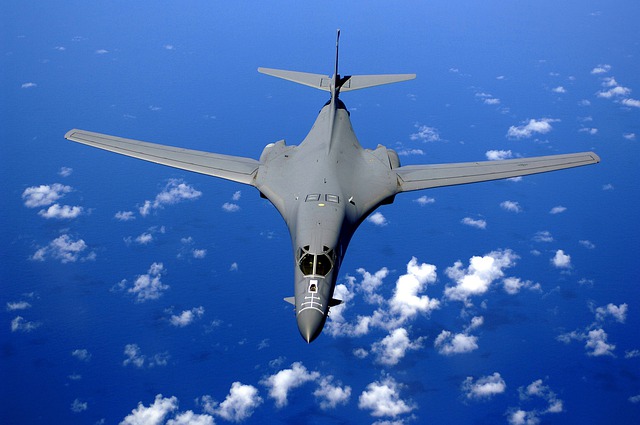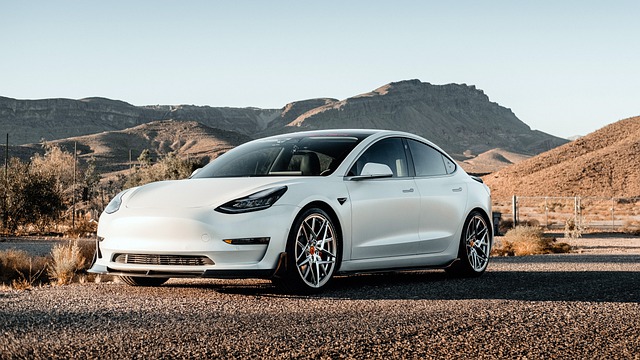In today’s exciting world of advanced technology, we are constantly being introduced to new concepts and developments. As innovative thought is far-reaching into all fields, it is no surprise that the food industry is also coming out with progressive ideas and designs.
McDonald’s, one of the world’s most profitable franchises, has set off on a new endeavor. The fast-food chain has opened its first flagship automated restaurant aimed at eating on the go. The goal is to minimize the amount of human presence, and to use robots or machinery where possible.

At the new Texas location near Fort Worth, customers can either pre-order on the app or make their selections at a kiosk inside. While there are some staff members in the kitchen to prepare the meals, there is no need to employ workers to man the register or hand out the orders. A robot distributes the orders at the pick-up counter or drive-thru window. The physical restaurant is significantly smaller than most McDonald’s chains, as it is designed primarily for takeout orders.
According to franchisee Keith Vanecek, “The technology in this restaurant not only allows us to serve our customers in new, innovative ways, it gives our restaurant team the ability to concentrate more on order speed and accuracy, which makes the experience more enjoyable for everyone.”
While some have applauded the potential improvements to the ordering process, others have expressed concern about the number of layoffs that the shift to automated systems will inevitably cause. Only time will tell if this new system is efficient, and how it impacts the amount of manpower needed.



